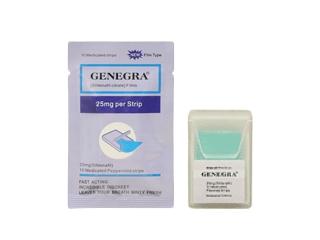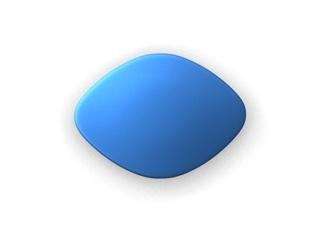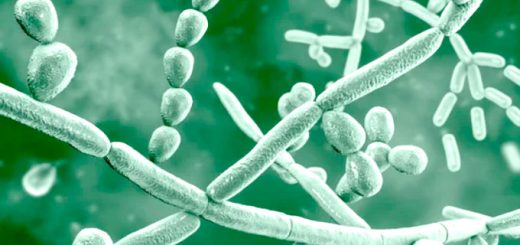Ankylosing spondylitis
Ankylosing spondylitis (AS) is a chronic inflammatory condition that primarily affects the joints of the spine, causing pain, stiffness, and eventually, fusion of the vertebrae. It belongs to a group of disorders known as spondyloarthropathies, which also includes conditions like psoriatic arthritis and reactive arthritis. AS primarily affects the spine, but it can also involve other joints, tendons, and ligaments, as well as other organs in some cases.
Symptoms:
- Back pain and stiffness: One of the hallmark symptoms of AS is lower back pain and stiffness that is often worse in the morning or after periods of inactivity. This pain and stiffness can improve with movement and exercise but may worsen with rest.
- Gradual onset: Symptoms of AS typically develop gradually over time, often starting in early adulthood, although they can occur at any age.
- Reduced flexibility: As the condition progresses, the spine may become increasingly stiff and inflexible, leading to loss of mobility and difficulty performing daily activities.
- Pain in other joints: AS can also cause pain and inflammation in other joints, such as the hips, shoulders, and knees.
- Fatigue: Many individuals with AS experience fatigue, which can be both physical and mental in nature.
Causes:
- Genetic factors: AS has a strong genetic component, with most affected individuals carrying the HLA-B27 gene. However, not everyone with this gene develops AS, indicating that other factors, such as environmental triggers, also play a role.
- Immune system dysfunction: AS is considered an autoimmune disease, in which the body’s immune system mistakenly attacks its tissues, leading to inflammation and tissue damage.
Diagnosis:
- Medical history and physical examination: A doctor will ask about symptoms and perform a physical examination, paying particular attention to the spine’s range of motion and areas of tenderness.
- Imaging tests: X-rays, magnetic resonance imaging (MRI), or computed tomography (CT) scans may be used to visualize changes in the spine and other affected joints.
- Blood tests: While there is no specific blood test for AS, certain markers of inflammation, such as C-reactive protein (CRP) and erythrocyte sedimentation rate (ESR), may be elevated in individuals with active disease.
Treatment:
- Medications: Nonsteroidal anti-inflammatory drugs (NSAIDs) are often used to reduce pain and inflammation in AS. In more severe cases, disease-modifying antirheumatic drugs (DMARDs) or biologic therapies may be prescribed to slow disease progression and manage symptoms.
- Physical therapy: Exercises and stretches prescribed by a physical therapist can help improve flexibility, posture, and strength, as well as reduce pain and stiffness.
- Lifestyle modifications: Maintaining good posture, practicing proper body mechanics, and staying physically active can help manage symptoms and prevent complications.
- Surgery: In rare cases, surgery may be recommended to correct severe deformities or relieve pressure on the spinal cord or nerves.
Prognosis:
While there is no cure for AS, early diagnosis and appropriate treatment can help manage symptoms, improve function, and slow disease progression. With proper management, many individuals with AS are able to lead active and fulfilling lives. However, AS can cause significant disability in some cases, particularly if left untreated or if complications develop. Regular monitoring by a healthcare provider is essential to ensure optimal management of the condition.






